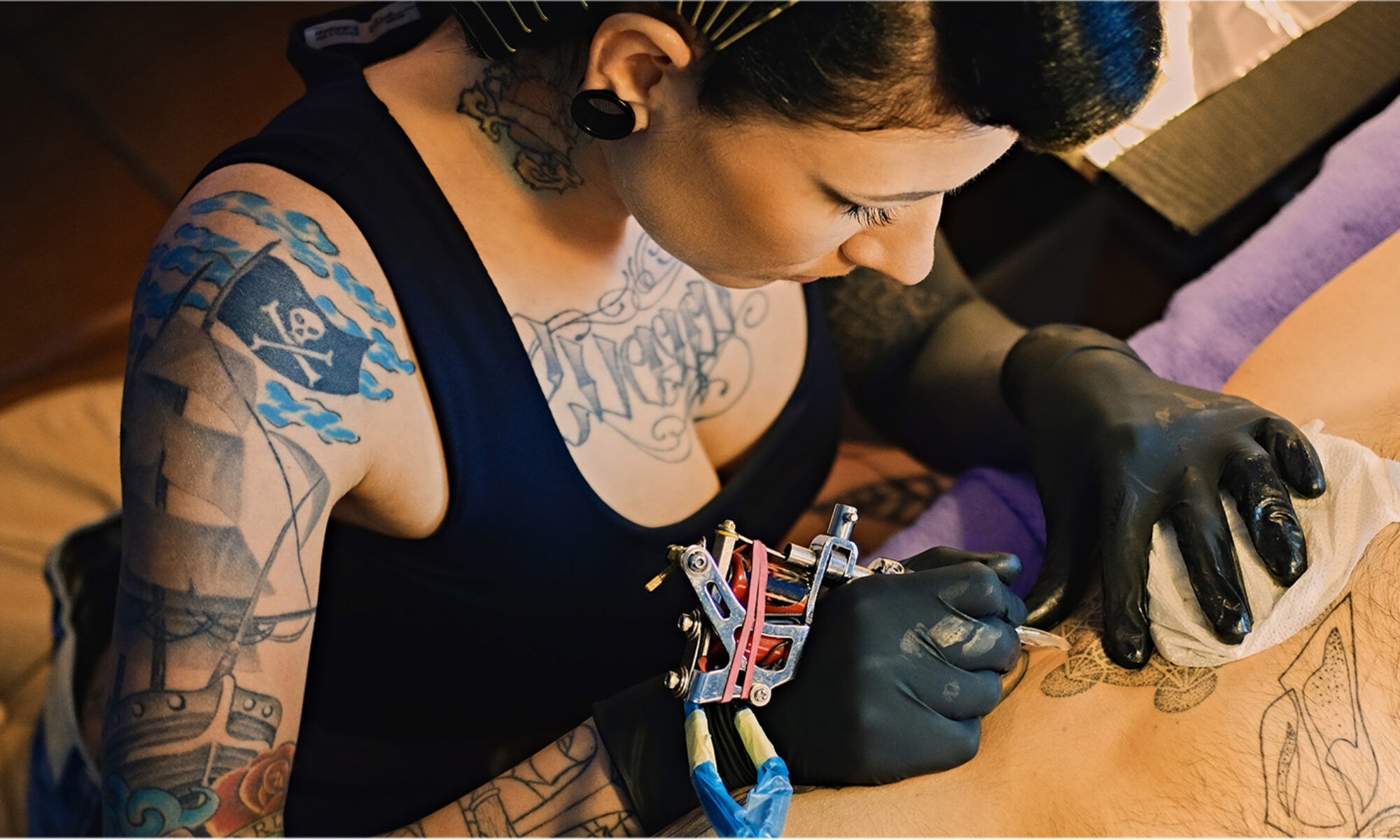Mastering the Art of Tattooing:
Unleash Your Creativity with Tattooing101 Online Tattoo School

Tattooing has evolved from a niche art form to a mainstream cultural phenomenon, attracting enthusiasts and artists from all walks of life. With its rich history, diverse styles, and endless possibilities for self-expression, tattooing has become a highly sought-after skill. If you’re passionate about tattoos and aspire to become a professional tattoo artist, look no further than Tattooing101 Online Tattoo School. We will explore the benefits and advantages of this innovative platform, designed to help aspiring artists embark on their tattooing journey and master the craft from the comfort of their own homes.
- Accessible Learning Environment: Tattooing101 Online Tattoo School breaks down geographical barriers, providing a comprehensive learning experience for students worldwide. Regardless of your location, you can access the school’s extensive resources and educational materials. The online platform enables you to learn at your own pace, removing the limitations of traditional brick-and-mortar tattoo schools. With a stable internet connection and a computer or mobile device, you can embark on an exciting journey toward becoming a skilled tattoo artist.
- Expert Guidance from Industry Professionals: One of the key advantages of Tattooing101 Online Tattoo School is the opportunity to receive guidance from experienced industry professionals. The platform brings together a network of renowned tattoo artists and instructors who have honed their skills over the years. Through video tutorials, live webinars, and interactive Q&A sessions, you’ll gain invaluable insights, techniques, and tips directly from these experts. Their knowledge and mentorship will accelerate your learning curve and help you develop your own unique style.
- Comprehensive Curriculum: Tattooing101 Online Tattoo School offers a comprehensive curriculum designed to take you from a novice to a proficient tattoo artist. Starting with the basics of hygiene, safety, and equipment setup, the program progresses to cover a wide range of topics, including design fundamentals, color theory, shading techniques, and skin composition. You’ll also learn about various tattoo styles, such as traditional, realism, neo-traditional, and more, allowing you to explore different artistic avenues and find your niche.
- Hands-On Practice and Critique: While online learning may seem limited in terms of hands-on practice, Tattooing101 Online Tattoo School ensures you have ample opportunities to apply your knowledge. The program provides practical assignments, allowing you to practice tattooing techniques on artificial skin or practice pads. You’ll also receive personalized feedback and critiques from instructors, helping you identify areas for improvement and refine your skills. This interactive feedback loop is essential for your growth as an artist and ensures you’re on the right track toward mastering the art of tattooing.
- Community and Networking: Being part of an artistic community is invaluable for personal and professional growth. Tattooing101 Online Tattoo School fosters a vibrant community where students can interact, share ideas, and collaborate with fellow artists from around the world. Through online forums, social media groups, and virtual meetups, you’ll connect with like-minded individuals, build lasting relationships, and gain exposure to different perspectives and artistic styles.
Tattooing101 Online Tattoo School offers a dynamic and flexible learning experience that empowers aspiring tattoo artists to master the craft. By leveraging the expertise of industry professionals, comprehensive curriculum, hands-on practice, and a supportive community, the school equips students with the knowledge, skills, and confidence necessary to thrive in the tattoo industry. Whether you’re a beginner taking your first steps or a seasoned artist looking to expand your skill set, Tattooing101 Online Tattoo School provides a solid foundation and an inspiring platform to unleash your creativity and embark on a successful tattooing career.

















































































































































































































